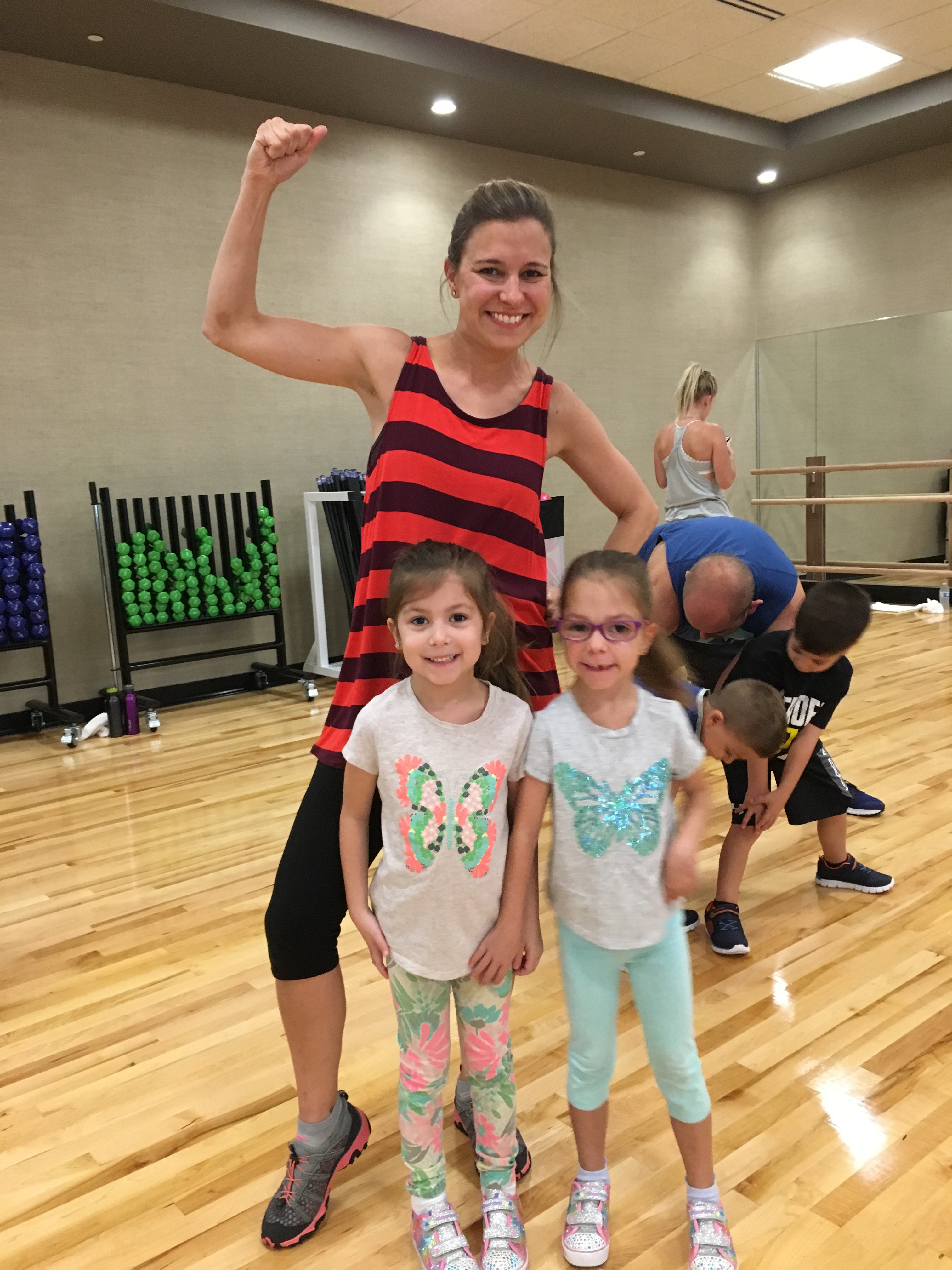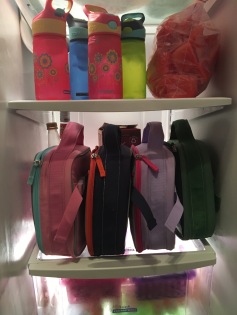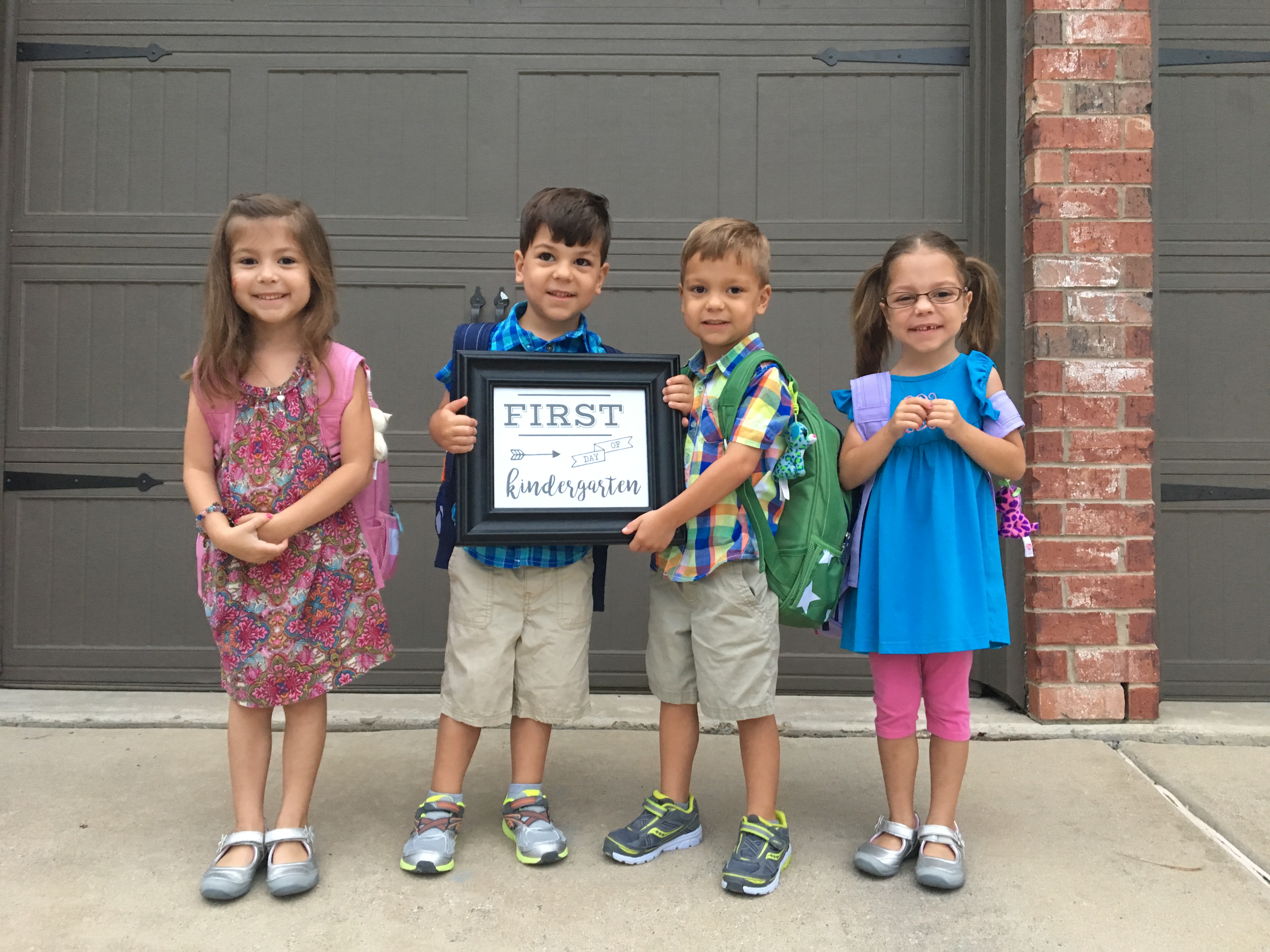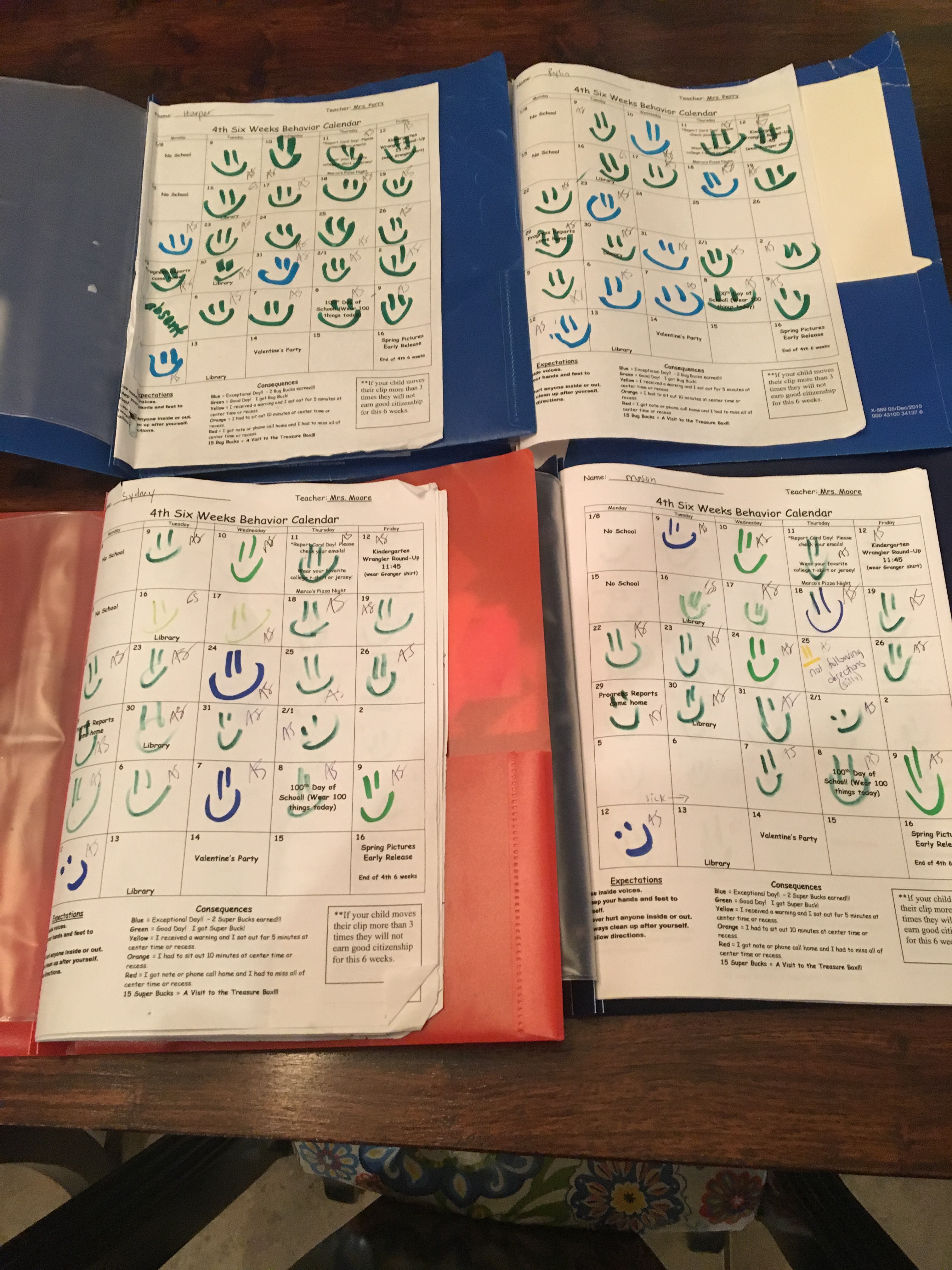Yesterday afternoon, George announced to me, “Tomorrow I’m getting off work early in honor of Juneteenth!”
I replied, “I know some about Juneteenth, but I don’t remember really learning about it in school.”
George, “I think it was ONE sentence at the end of the chapter about the Civil War.”
That speaks volumes. We’d both taken history classes throughout public education and also in college and we knew so little. Time to dig deeper. What exactly is Juneteenth?
- The Emancipation Proclamation was signed by President Lincoln on January 1, 1863.
- Despite the Emancipation Proclamation, many slave owners continued to hold their slaves captive after the announcement for continued harvests.
- On June 19, 1865 (2.5 years after the Emancipation Proclamation), Major General Gordon Granger arrived in Galveston, TX to announce the end of both the Civil War and slavery.
- On January 1, 1980, Juneteenth officially became a Texas state holiday.
- Juneteenth is currently recognized as a state holiday in 47 of 50 states.
“The people of Texas are informed that in accordance with a Proclamation from the Executive of the United States, all slaves are free. This involves an absolute equality of rights and rights of property between former masters and slaves, and the connection heretofore existing between them becomes that between employer and hired laborer.”
General Order Number 3 as read by General Granger
Juneteenth has been a state holiday in our home state of Texas our entire lives and not once have we celebrated it. As neighbors to Mexico, Texans celebrate Cinco de Mayo with gusto. Yet, many of us haven’t given much thought to what marks a national historical event (not that we all know what Cinco de Mayo is really about, but I digress). I feel confident in saying Black Americans are well versed in the history of Juneteenth and have been celebrating it every. single. year. It hurts my heart that this holiday has been seen as something for black people when we should be unified celebrating this day together.
Today marks the first year my family is celebrating Juneteenth. We’re having conversations about history, ordering dinner from a local Black owned restaurant, and signed this petition to make Juneteenth a national holiday. In addition, we are continuing to do the work to better understand race.
Sources: Junteenth Fact Sheet, Junteenth World Wide Celebration
If you are ready to embark on the journey of anti-racism, here are some places to begin.
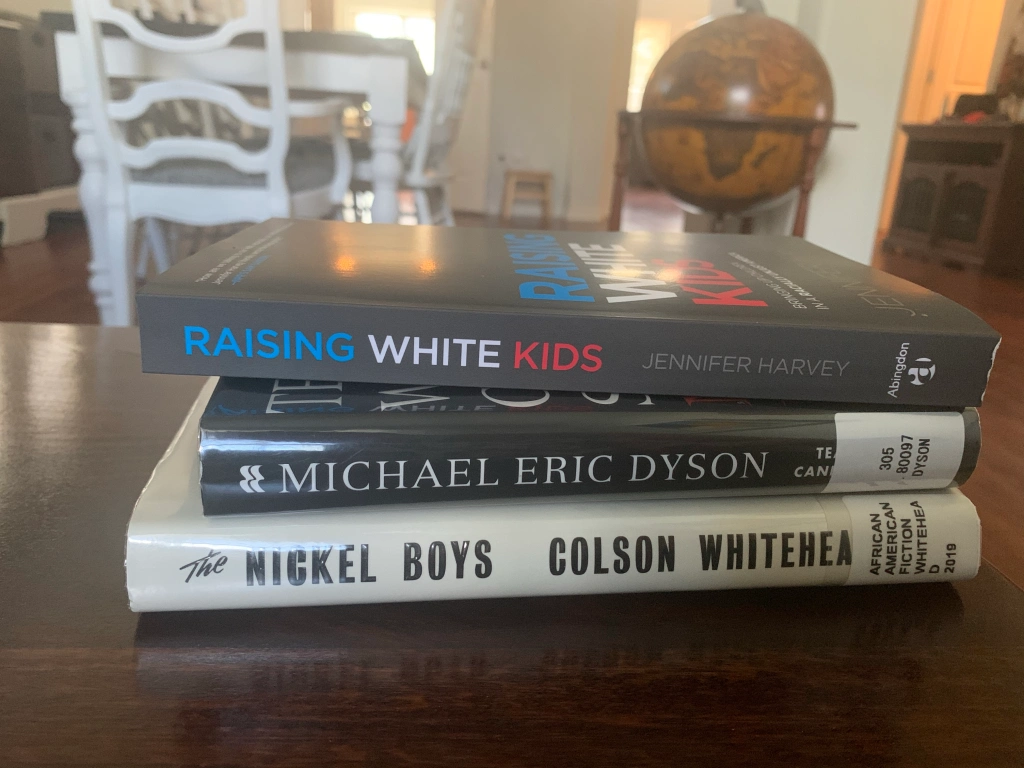
Websites:
Black Lives Matter – I have read a lot of misinformation about this particular organization. Also, after a thoughtful debate with a Facebook friend, I realized that this organization is perhaps too liberal for some conservatives. If that is the case for you, I encourage you to look at the big picture goal of ending white supremacy/ racial oppression. Perhaps you do not fully align with the organization itself, but might be able to consider ways to advocate for social justice and anti-racism and recognize that black lives matter? I implore you to do the research.
Books:
Waking Up White: Why It’s So Hard for White People to Talk About Racism
Documentary:
On my reading list:
If you are a person of color,
I want you to know, I am leaning in and listening to you. I hear your stories, I see you. To you, I make these promises:
I will continue to learn and grow in my awareness of race.
I will engage in conversations about race.
I will be your ally.
I will advocate for social justice.
I will vote for social justice.
I will model for and teach my children all of the above.
in peace,
Amber
















